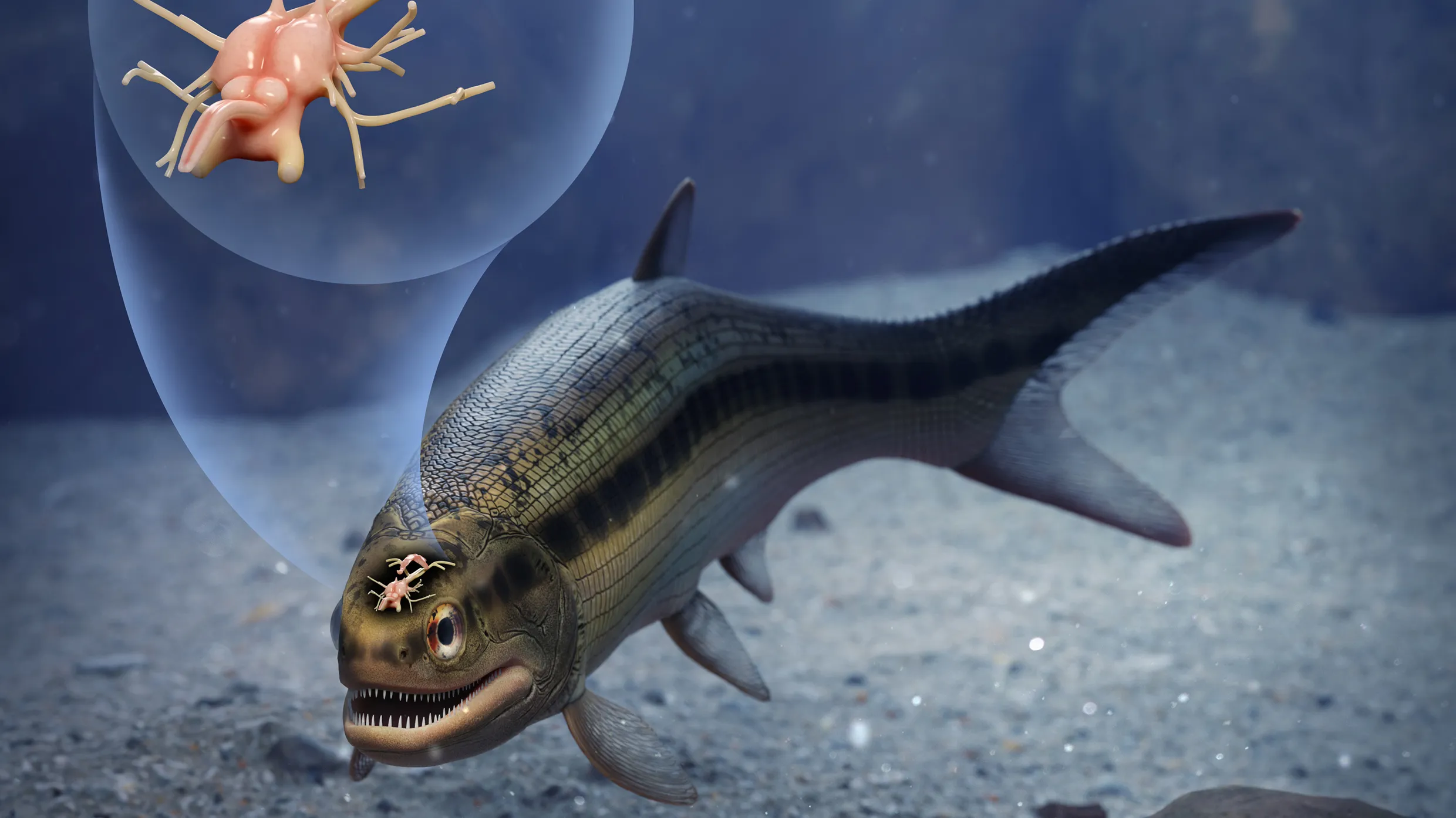A recent discovery about a fish skull fossil has led scientists to question how much information fossils may hold. A fossil of the Coccocephalus Wildi species, discovered over 100 years ago in Lancashire, has recently shed information on the neurology and evolution of fish. The ray-finned fish fossil itself dates back 319 million years and is the only one of its species. Today, a number of fish species fall under the ray-finned fish category. Ray-finned fishes have backbones and fins that are supported by bones called rays. Recently, researchers have uncovered a fossilized brain within the C. Wildi fish fossil after taking CT scans (Erickson). When examining the sample, they found an amazingly preserved 3D fossilized brain. Typically, when an organism dies, the soft parts of the organism decay. In this instance, scientists believe that the brain tissue could’ve been preserved longer in the rare condition that it was preserved in a low-oxygen environment. As the brain decayed, a dense material, potentially pyrite, filled the area left behind from the decay of the tissues in the brain, leading to exceptional brain preservation (Erickson). According to paleontologist Matt Friedman (qtd. in Erickson), “An important conclusion is that these kinds of soft parts can be preserved, and they may be preserved in fossils that we’ve had for a long time-” After examining the brain, researchers found details pertaining to the evolution of fish. The fossil shows the brain had been evaginated, meaning the tissues were folded inward (Figueroa et al.). Ray-finned fishes today, however, have everted brains, meaning that the tissues fold outward in the formation of the brain (Freund). Unlike living ray-finned fishes, all living vertebrates have evaginated brains like the C. Wildi, providing more insight into the neurological evolution of fish. This new understanding of the Coccocephalus Wildi demonstrates a new step forward in understanding the brain functioning of fish and other aquatic organisms.






